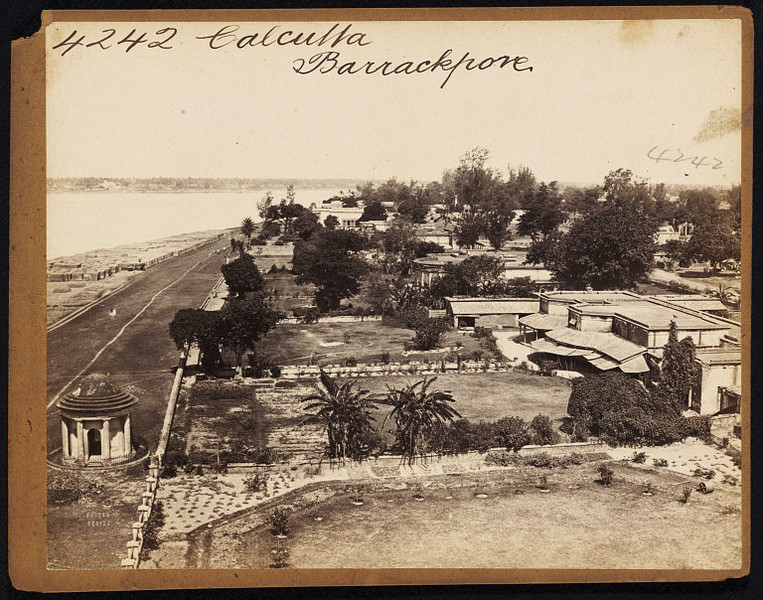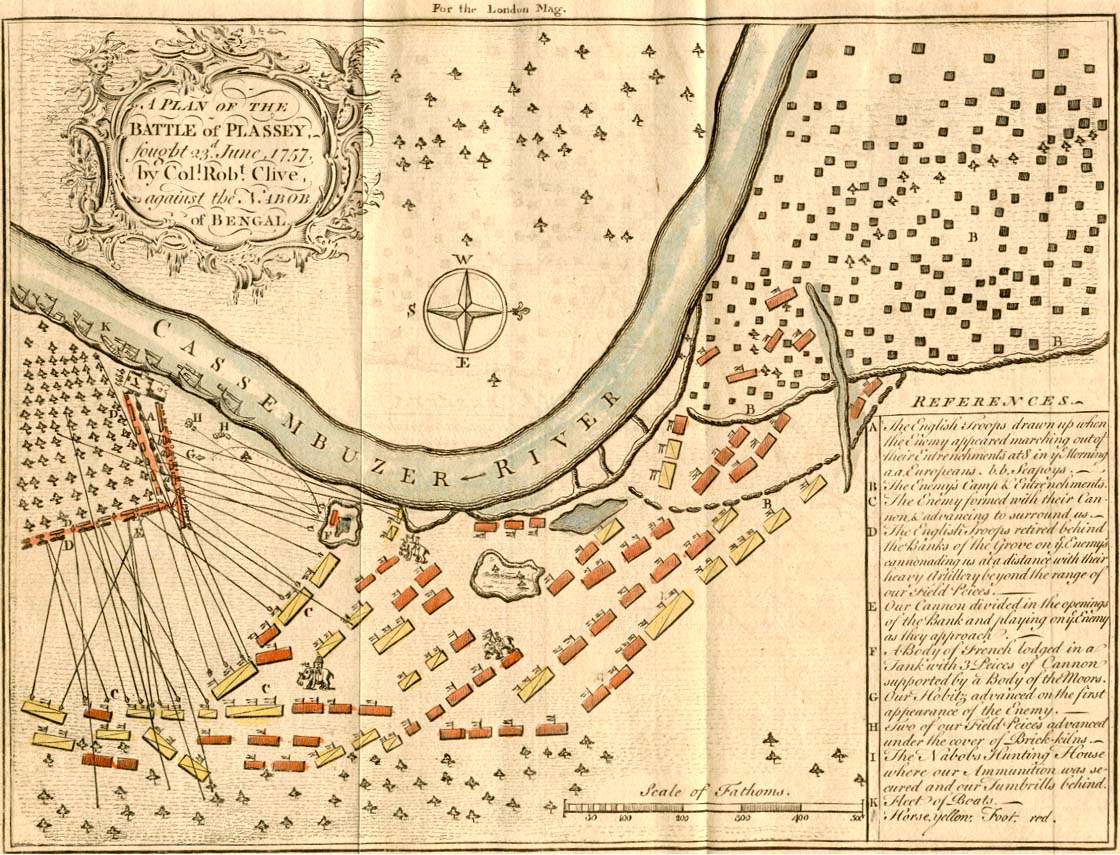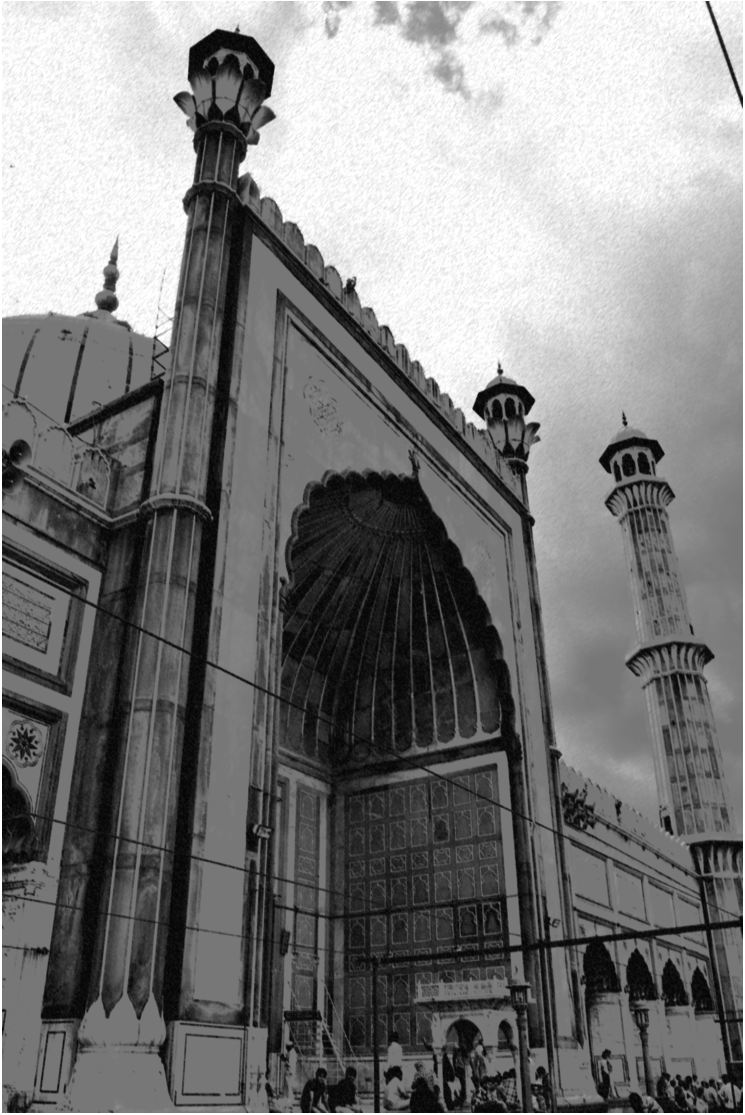“In India even the most mundane inquiries have a habit of ending this way. There may be two answers, there may be five, a dozen or a hundred; the only thing that is certain is that all will be different.”
― Eric Newby, Slowly Down the Ganges
While India’s freedom struggle and her epic battle for independence inevitably focuses on the India-Pakistan divide, the truth is that the British Raj’s roots were first entrenched in the eastern part of the subcontinent by the erstwhile East India Company. In fact, several European countries held their first dominions in the kingdom of Bengal, including the Danish, Portuguese, French, and the Dutch, and the British were among the last to make their presence felt. When India finally freed herself from the British Raj, she ceded East Bengal to Pakistan, which then freed itself and became the country we know as Bangladesh. What remained in India was what we know as the state of West Bengal.
We recently took a fascinating journey down the Ganges in West Bengal and into India’s colonial past, onboard the ABN Raj Mahal, a boutique river-cruiser with just 22 cabins, excellent cuisine, and a thoroughly professional and knowledgeable crew.
We set off from Calcutta [See our Facebook Posts on Calcutta at https://www.facebook.com/pages/Travel-Scope-India-Pvt-Ltd/456637484377809?ref=hl]. Serampore (or Shrirampur) is our first port of call. Serampore is many centuries old and has always been a thriving community and silk, cotton, betelnut, rice and jute made this a land of abundance and rich fertility. The Danes were the first Europeans to arrive here in the 1700s. During its Danish avatar, Serampore was known as Fredericksnagore.

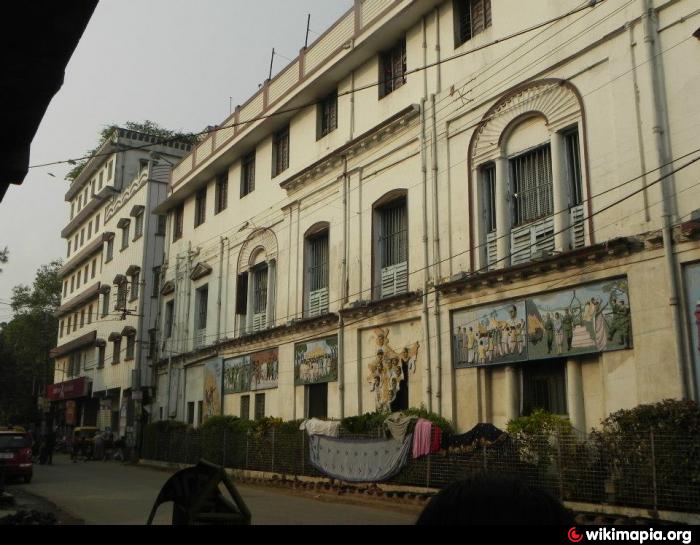
We take a historic walk through Barrackpore, which was famous – or notorious – for being the site of the first mutinies against British rule. In the first incident, a company of Indian soldiers were “erased” because they refused to cross the dark waters between India and Burma in the first Anglo-Burma war. In the second – and perhaps better known – incident, Mangal Pandey, a sepoy was courtmartialed for attacking a British Officer, and this lead to the first organized revolt, which ultimately became the struggle for India’s freedom.
We wake up in the village of Matiari and visit the famous brass craftsmen of this region, before we cruise forward to Plassey – the epic battlefield where Robert Clive defeated Siraj-ud-Daulah, then Nawab of Bengal, which was the turning point that gave Britain the jewel in its crown.
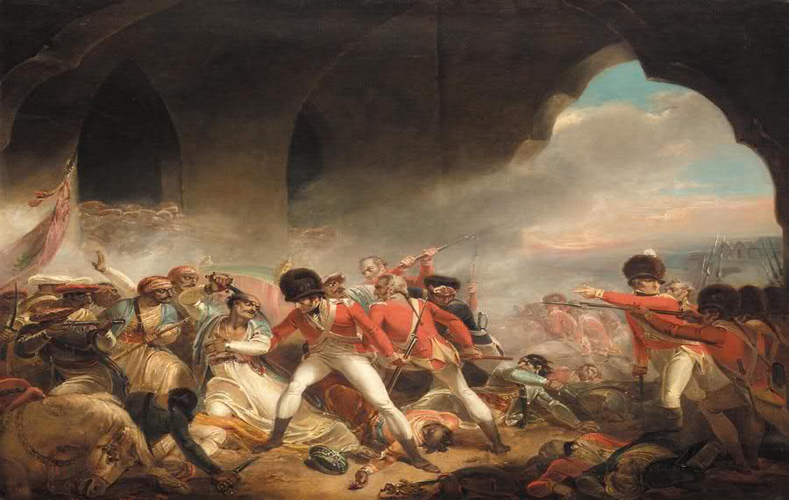
A Major-General in the British army, Robert Clive ( please read: http://www.prisonersofeternity.co.uk/clive-of-india-the-making-of-empire/) was known as a ruthless, Machiavellian strategist – a manic depressive who had a taste for opium. Clive succeeded in securing India for the British Crown, and perpetuated Britain’s divide and rule policy in Bengal. The Nawab of Bengal at the time was Siraj-ud-Daulah, who had little use for the British, and laid siege to the city of Calcutta to extricate it from the British and return it into his kingdom’s fold.
During the Battle of Plassey, Siraj-ud-Daulah tried to flee, but was waylaid and assassinated by his own traitorous minister, Mir Jafar and his followers from the Nawab’s own court, who had colluded with Clive against him. Mir Jafar succeeded Siraj-ud-Daulah. Clive amassed a treasure and became a celebrated hero of the Crown, but in later years, the British Government turned again him for having such an enormous personal fortune. Shunned by his own society, finally took his own life.
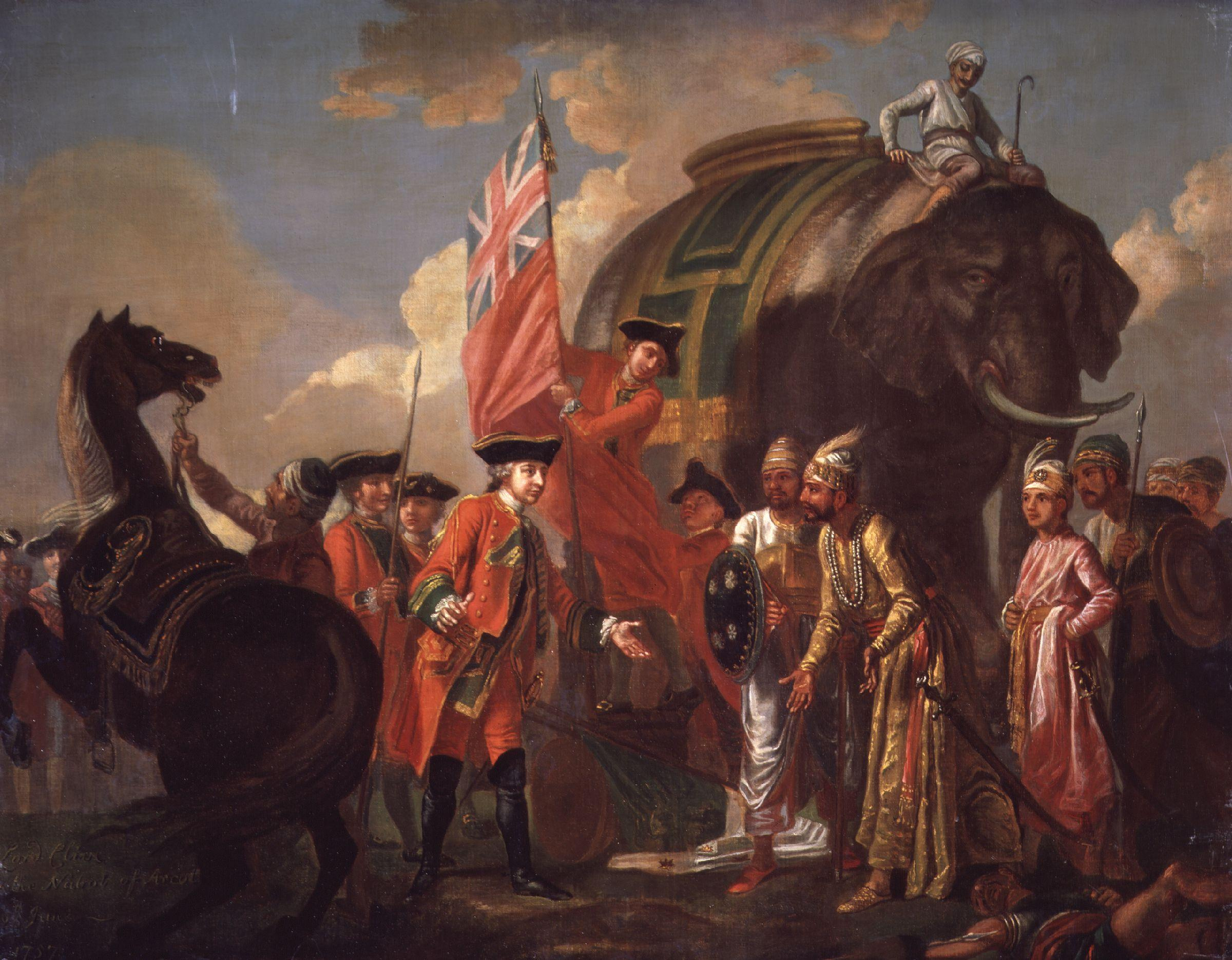
We find ourselves in Murshidabad and take a stroll through the peaceful Khushbagh (Garden of Happiness), which houses the tombs of the ill-fated Siraj-ud-Daulah and his family. Further along the river, Siraj-ud-Daulah’s magnificent palace, Hazarduari Palace has an extensive private collection of art and artifacts.
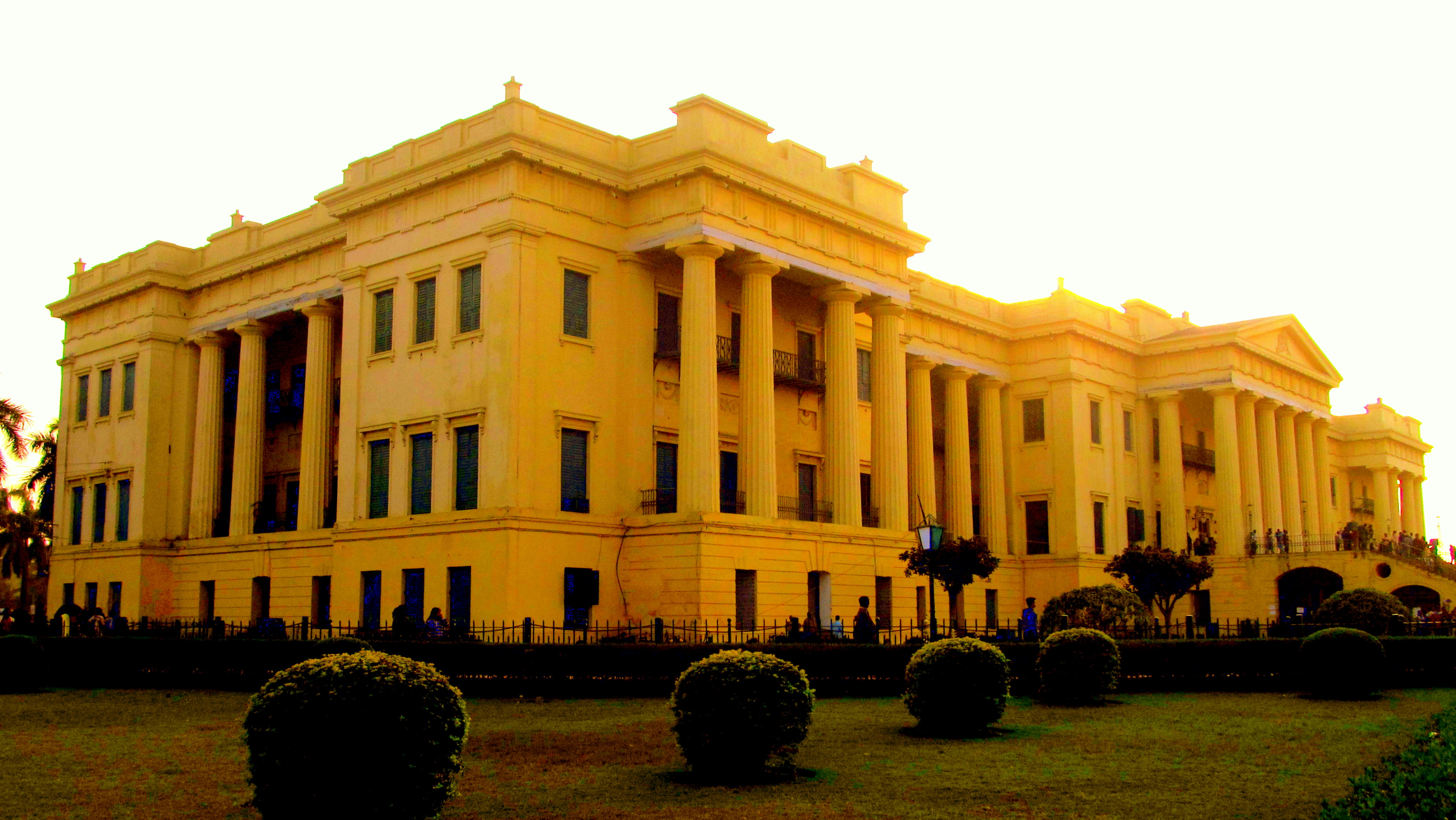
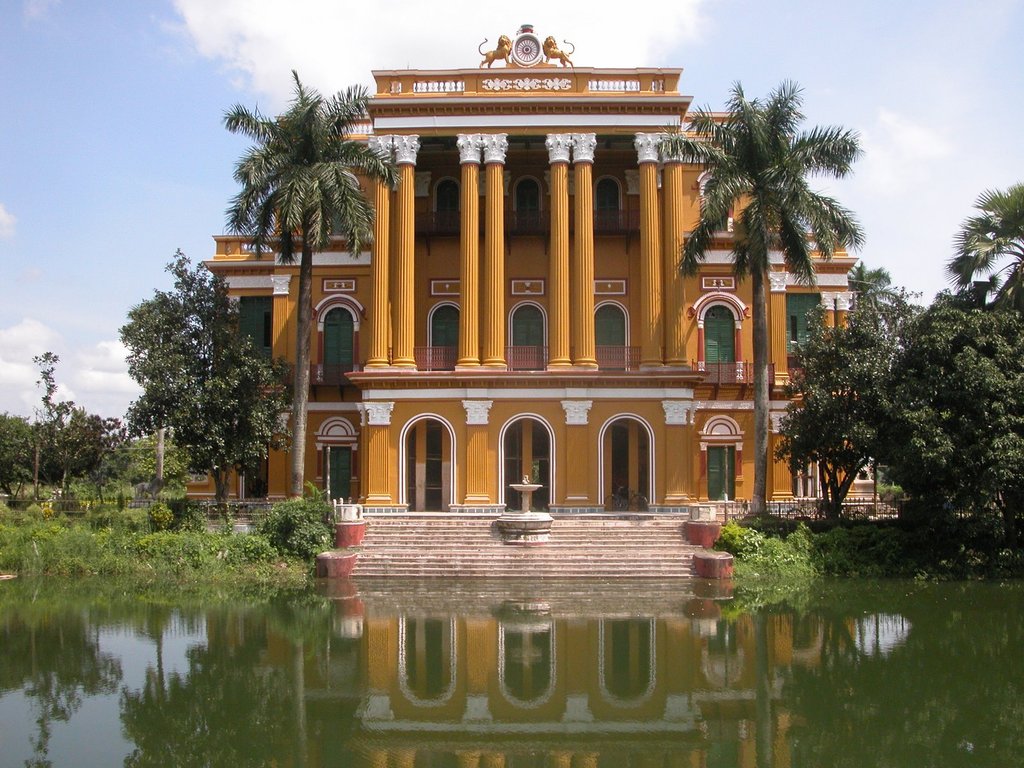
Today we find ourselves in the heart of rural West Bengal. Amid mustard fields and mango orchards, we stop to visit the terracotta temples at Baranagar. At this point, the mighty Ganges is almost like a rivulet, winding through fields and sleepy villages. The back-roads of Bengal don’t belie the bloody battles that once shook its ground and only resonate a tranquil peace.
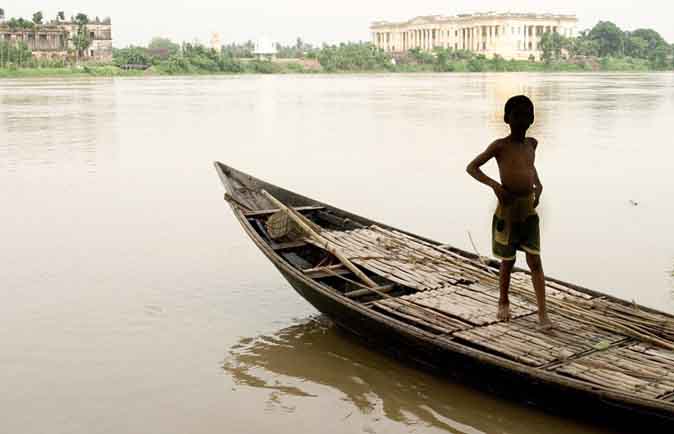
As we moor near Farakka, we disembark, and take a full day road trip into the interior to visit the historic city of Gaur. Once a Hindu stronghold and then later a Muslim capital for over 200 years, Gaur has faded into oblivion, a quiet town with the remnants of beautiful palaces, gateways, and mosques scattered far from the hustle and bustle of contemporary India’s urban sprawl.
From Farrakka we return to Calcutta with a heightened degree of perspective for where we have come from, after our voyage of discovery along the Mother Ganges.

